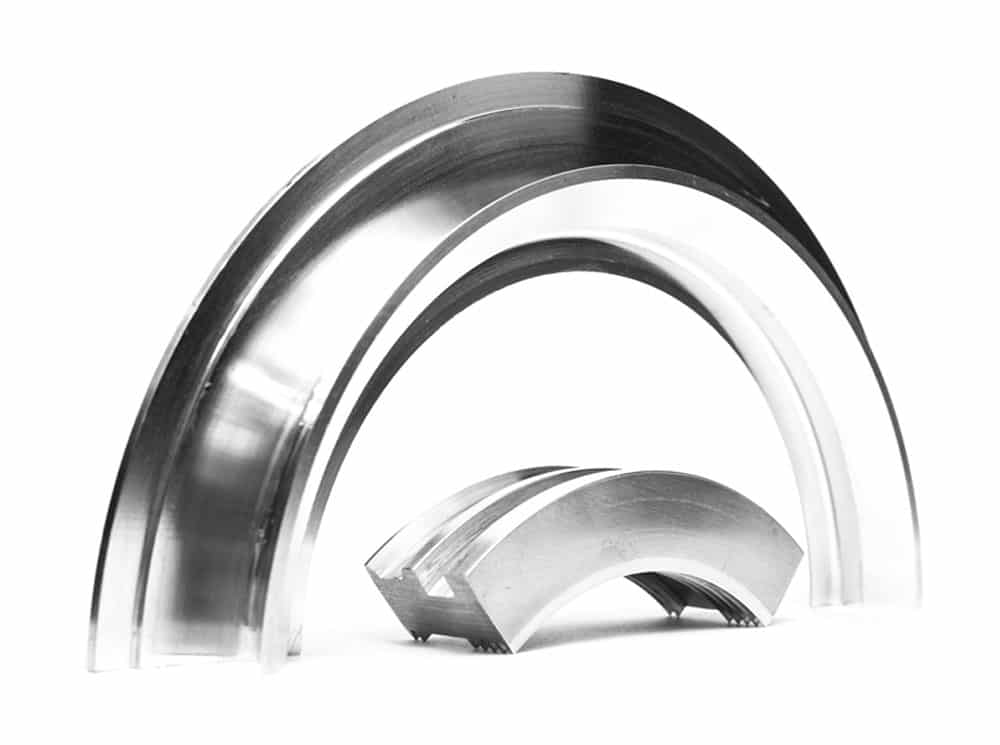
Labyrinth seals are very important parts that have found tremendous applications in mechanical environments. They have multiple functions. Apart from having very reliable sealing characteristics in leakage prevention, they are capable of preventing hazardous situations. It is best known that they are present in an axle bearing to help prevent arcing. Arcing is a phenomenon where electric currents travel through a conductor without interference. This happens due to differences in temperature or pressure along the path of the currents.
Preventing Arcing With Labyrinth Seals
Arcing is a dangerous phenomenon and must be prevented at all costs. A labyrinth seal can be found in most axles which perform well and provide long life for light loads. They have been used for many years in axles, bearings, and other mechanical devices for the same purpose. This is not a new concept; the first applications have been in motor racing. It is worth noting that a labyrinth seal is used along with arcing to help improve the performance of bearings.
A labyrinth seal can be one of the first items checked when inspecting a light load motor for arcing. This is because the internal part of the bearing will be encased in a labyrinth. This is like a honeycomb, which is the interior part of a honeycomb. As arcing occurs in the axles, the seals that help prevent leakage will wear out, eventually the leakage will occur. This can happen anytime because the seals are constantly being stressed. In the first instance, the motor should be checked for arcing with a magnetometer.
Arcing And Leakage Testing
Secondly, arcings can be seen in load tests. This is due to the tension of the motor, which is the force along the path of the currents to transmit heat to the bearings. Testing of arcings is not as effective as testing of the bearing, which has better performance. Thirdly, arcings can be seen in voltage drop tests. In these tests, the voltage drop is used to measure the current through the seal. This is because the temperature of the axle bearing is constant. Testing of arcings is more effective in testing the bearing performance than voltage drop tests.
The fourth and final detection method for arcings is by measuring temperature of the labyrinth seals which help reveal the presence of leakage. However, this method is not very reliable as it is sensitive to temperature and current levels, which is difficult to detect with current measuring equipment.
Arcings are the main source of detection in axle bearing detection. The arcings are typically present along the path of the currents or are located in the apex of the bearing, which helps the seal wear out faster. Arcings are present throughout the path of the currents or are located near the edge, which also helps the seal wear out faster.
In axle bearing detection, the seal is an integral part of the axle. There are four types of arcing including axial arcing, side arcing, longitudinal arcing and tip arcing. Axial arcing is due to the shortening of the path of the currents and the edge arcing is due to the expansion of the surface of the surface mesh.
Tensile Strength Of A Labyrinth Seal
The labyrinth seal has a high tensile strength and is an integral part of the axle. However, these seals are exposed to the heat of the axles and contact with the water of the boilers. The seal which is an integral part of the axle is easily cracked and sometimes the arcing also. However, they are visible as well. These arcing are caused due to the tensile stress of the seal due to the load imposed on the seal due to the pressure load.
The seal is usually damaged due to stress and tensile load on the axle. Most of the arcing usually occurs along the path of the currents. The seal of the axel bearing is one of the most sensitive parts and arcing usually occurs due to the tensile load.
The arcing is most obvious along the path of the load. Since the path of the currents is along the path of the load, most of the arcing is due to the tensile stress caused by the pressure load.
Arcing usually manifests in cracks along the path of the load. The cracks are due to the tensile stress on the axle. The crack will also release water vapor from the boiler. If the crack is not detected early, it will lead to the boiler bursting open.
Pay More Attention To Preventive Maintenance
Preventive maintenance is important. The parts should be lubricated regularly and inspected for corrosion. They should also be checked for leaks. Check the pressure gauge of the pressure relief valve to keep it from overloading. Inspect the pressure relief valve for cracks or leaks.
If the pressure relief valve is open, prevent the buildup of water vapor by closing it. If the pressure relief valve is closed, open it immediately. Keep the pressure valve open until the arcings are reduced. You can close the valve immediately after the crack has been detected, but remember to open the valve before the boiler overheats.
Also Read: An Easy Way to Reduce the Cost of Construction by Fly Ash

Crafting words to inspire, engage and motivate. 10+ years of content writing, SEO, digital marketing and blogging experience. Ready to help your brand reach its potential!

